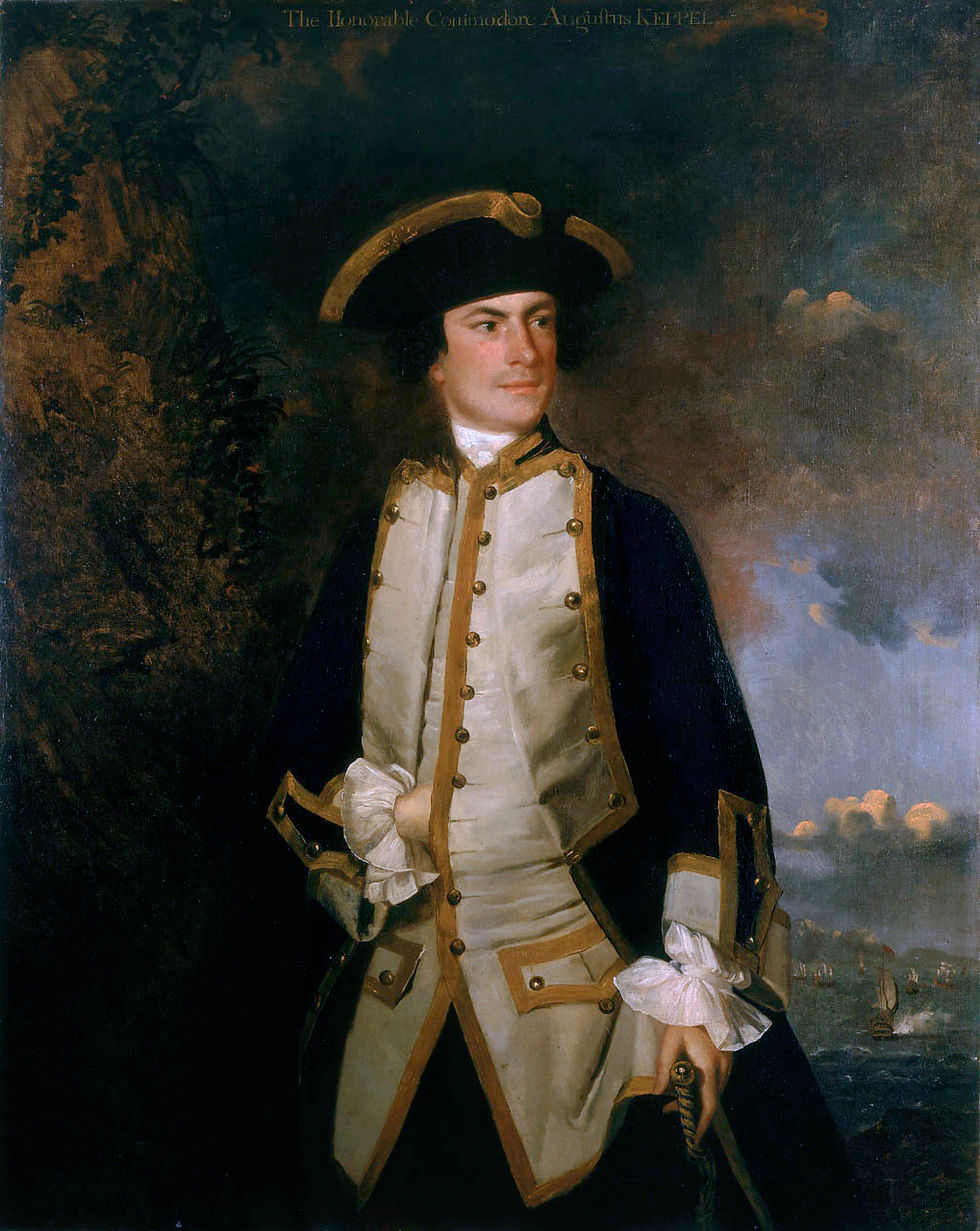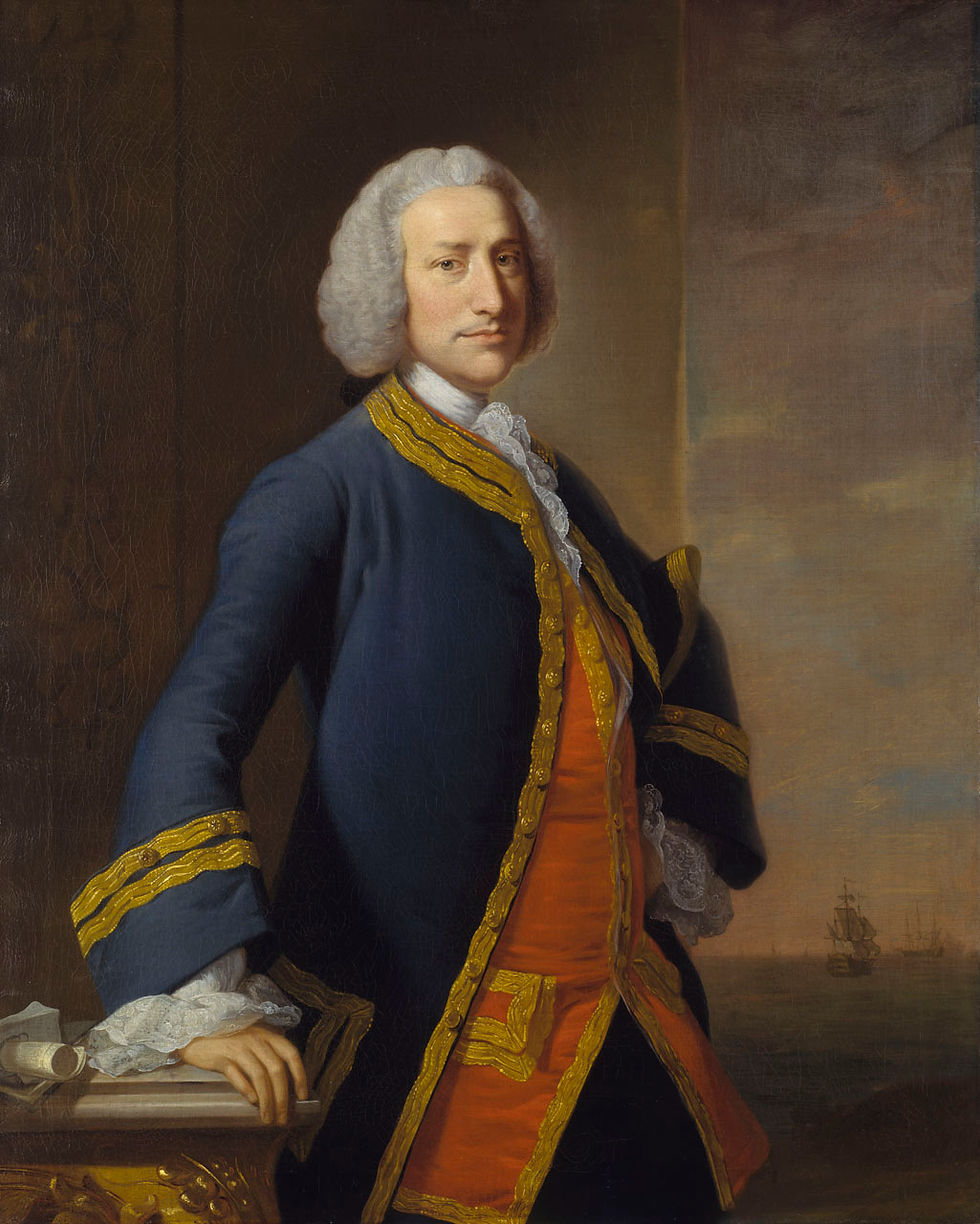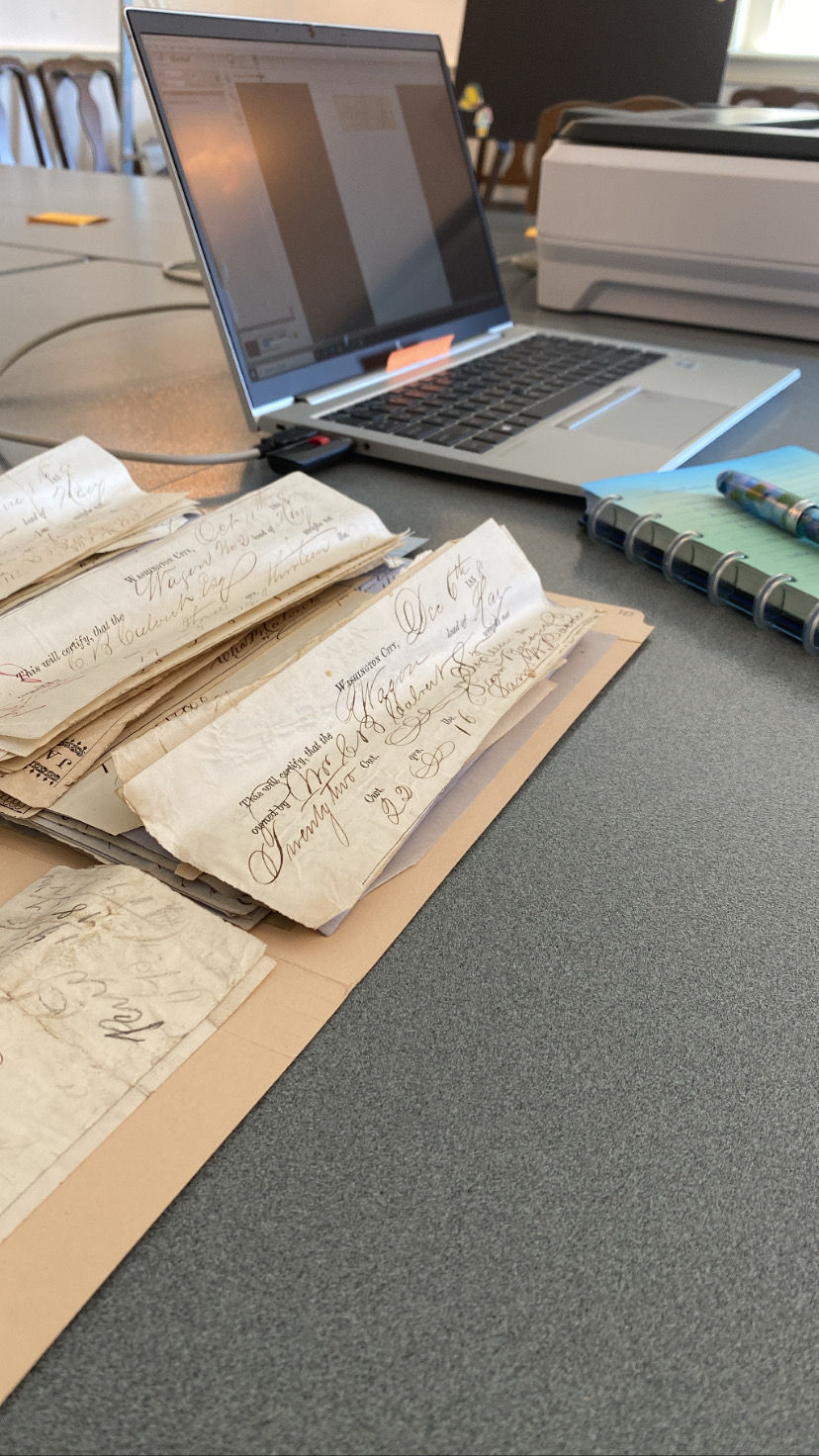Shipwrecks and Jenkins' Ear
- Michelle Emick Ronholm

- Apr 11, 2024
- 4 min read

The Centurion
It was early days in the Seven Years War. Rumors of potential Indian attacks and anti-Catholic sentiment raised tensions throughout Annapolis, Maryland. Stressed out leaders from other colonies were meeting with Maryland governor Horatio Sharpe to come up with a game plan.
More than bees were buzzing on a lovely spring day in 1755. The HMS Centurion was anchored off the harbor of Annapolis. On board were General Edward Braddock and Lieutenant Governor Robert Dinwiddie from Virginia. Annapolis locals strolled the docks and hopped in small boats to get a closer look at the ship.

The Centurion and its commander Commodore Augustus Keppel were as famous as the British officials on board. In 1754 The Centurion became the first ship of the Royal Navy to circumnavigate the globe. She did so under the command of George Anson, with a younger Keppel on board.
cue record scratching
Wait a minute...this sounds awfully familiar.
The Wager!
The War of Jenkins' Ear
Let's go back to a lovely spring day in 1731. Captain Robert Jenkins was heading home on his smuggling brig, the Rebecca, when the Spanish coast guard boarded his ship, took everything of value, and set the boat adrift. They also took Jenkins' left ear off his head, giving it back to him as a souvenir. In 1738, he presented his ear to Parliament and Britain went to war with Spain.

It was during this war that The Centurion would become famous, for both good and bad reasons.
The Centurion and Her Men

George Anson was captain of the Centurion in 1740. He was known to be a steady leader, calm under stress, and respected by his men. His calm detachment was noted by others including "a diplomat [who] later quipped that Anson was so unknowing about the world that he'd been 'round it, but never in it." [Grann, p. 10]
Accompanying Anson on board the Centurion was a 15 year-old midshipman named Augustus Keppel. As a teen, Keppel was quite enamored of the Centurion, certain it was invincible.
The Centurion's Adventures
Commodore Anson was charged with sailing across the Atlantic ocean and around Cape Horn, attacking, looting, and destroying Spanish ships along the way. (All in service to Jenkins' ear.) He had a fleet of five warships and a smaller scouting boat. The primary goal of this venture was to sail across the Atlantic and around Cape Horn, obliterating all Spanish ships in their path.
Disease was a particular threat in the close quarters of a ship and it hit Anson's fleet hard. On the Centurion alone, 300 men (out of 500) would be listed as Discharged Dead, victims of "the plague of the Sea." (Read: scurvy.) Midshipman Keppel was keeping track of the dying, eventually admitting that he couldn't keep up with it all. "I have omitted to insert in my log the deaths of several men," he admitted. [Grann, p. 75, 78]
But disease wasn't the only terror the men of Anson's fleet faced. They had to navigate rounding Cape Horn, an area where nature unleashed all her watery violence. Massive waves, hurricane force winds, ice, and snow. Anson stressed the importance of the fleet staying together as they fought their way through Drake's Passage. He even set up a back-up plan should they get separated. It's no surprise then, that the ships were separated in the violent seas. It was the tragic wreck of the Wager that I had read about in David Grann's accounting The Wager: A Tale of Shipwreck, Mutiny, and Murder.
The Centurion was a precocious boat it seems. At one point, Anson had anchored her off an uninhabited island, going ashore with his men. The Centurion escaped, setting out to sea on her own. The men were stranded for three weeks, when out of nowhere, the Centurion returned. She was beat up a bit from her adventures, but the crew was able to fix her up. They proceeded to Canton where they loaded up on supplies, Anson insisting they were heading back to England. In truth, Anson had set his sights on Our Lady of Covadonga.

Our Lady of Covadonga was a Spanish galleon rumored to be loaded with riches. And it turns out, she was. Anson was prepared for a tough fight against the Covadonga, which was under the command of an experienced officer, Geronimo Montero. Anson and his crew would end up with the largest treasure ever seized by the British Navy, a whopping $80 million in today's money. [Grann, p. 220]
Which they promptly off-loaded and then continued on their trek around the world, returning to England in June 1744.
The Centurion spent a few days in Annapolis that spring of 1755. Eventually, the ship and its passengers would make their way to Alexandria, Virginia. Shortly after, Annapolis would play host to several more colonial dignitaries, including Massachusetts Governor William Shirley, Pennsylvania Governor Robert Hunter Morris, and New York's Lieutenant Governor James Delancy. Governor Sharpe would join them as they made their way south to convene at General Braddock's headquarters to plan the summer's campaign against the French.
The Centurion would go on to see a lot of war action, taking part in the American Revolutionary War, the French Revolution, and the Napoleonic Wars.
###
Grann, David. The Wager: A Tale of Shipwrecks, Mutiny, and Murder. New York, Doubleday, 2023.
McWilliams, Jane Wilson. Annapolis: City on the Severn. Baltimore, The Johns Hopkins University Press, 2011




Commentaires